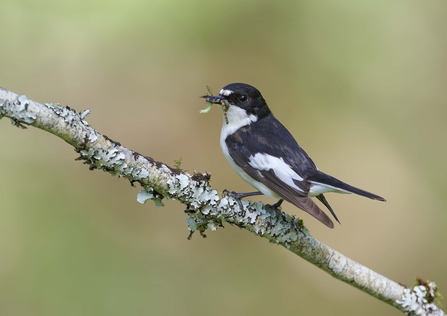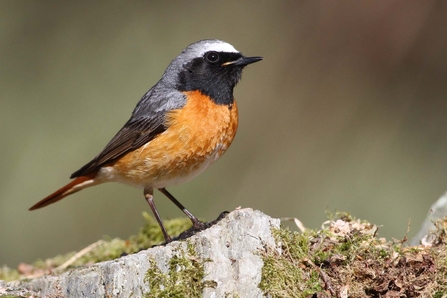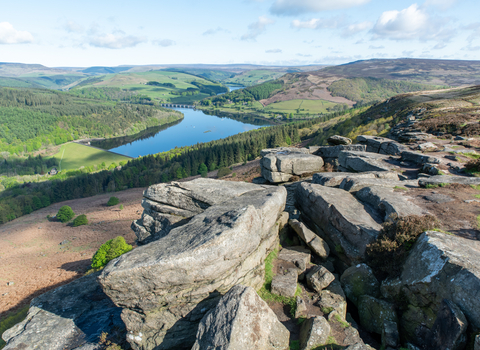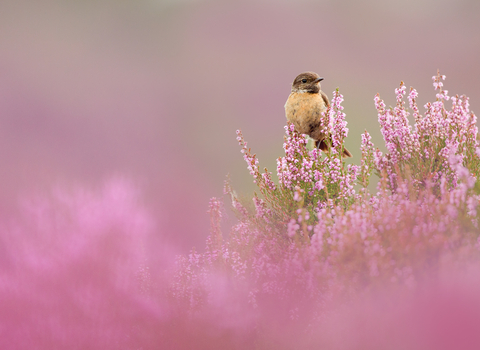Wild Peak is Derbyshire Wildlife Trust’s ambitious rewilding project, that is working in close partnership with landowners, local projects and communities, neighboring Wildlife Trusts and Rewilding Britain to inspire and implement a landscape-scale, nature-led approach to nature’s recovery.
Building on Lawton’s conservation principles of bigger, better, more and joined up, the project is working towards creating, restoring and connecting wild spaces across the region; working with and between existing initiatives and conservation sites to create an on-the-ground nature recovery network.
As well as creating a network of wild spaces, the project is developing a network of people and communities to facilitate, support and celebrate nature’s recovery across the region.

Pied flycatcher ©Richard Steel/2020VISION
Since starting the initiative in March 2021, over 600ha of locally owned land in Derbyshire has been pledged to Wild Peak. The sites range from species rich meadows and established woodlands, to ex-pasture land and roadside verges that have never been managed with nature in mind. The sites also have a broad geographic spread and a wide range of ownerships, from local land owners and farmers to large corporations.

Redstart (male) ©Margaret Holland
A number of Wildlife Trust’s reserves also form a key part of the Wild Peak network. The project is aiming to connect two of the Derbyshire Wildlife Trust reserves, Thornhill Carr and Ladybower wood, that are adjacent to the Ladybower Reservoir. The team are using the reserves to investigate opportunities for making the landscapes wilder, trialling new management techniques such as introducing pigs (acting as proxy wild boar), developing and implementing nature-based, economic activities and developing a monitoring programme to look at ecosystem health.
The initiative also encompasses a number of research-based tasks, including Nature Recovery Network modelling, species reintroduction feasibility studies and nature-based economics.
Re-introduction assessments
A key element of the Wild Peak project will be the reintroduction of species that once inhabited the Wild Peak area but are now missing, such as beaver, pine marten, red squirrel, osprey, twite, golden eagle and black grouse. This piece of work will begin to scope out what will be required to develop the strategic plans to eventually bring these species back to the area.







